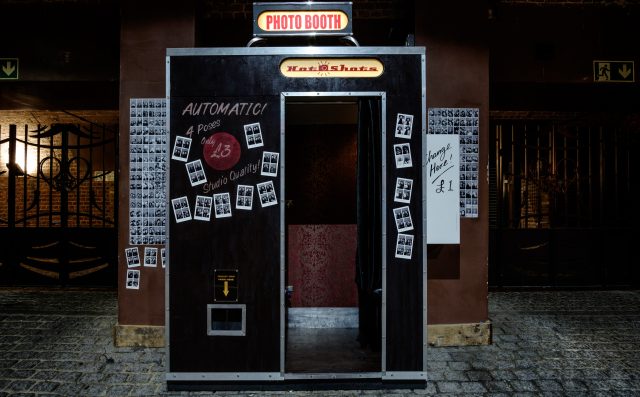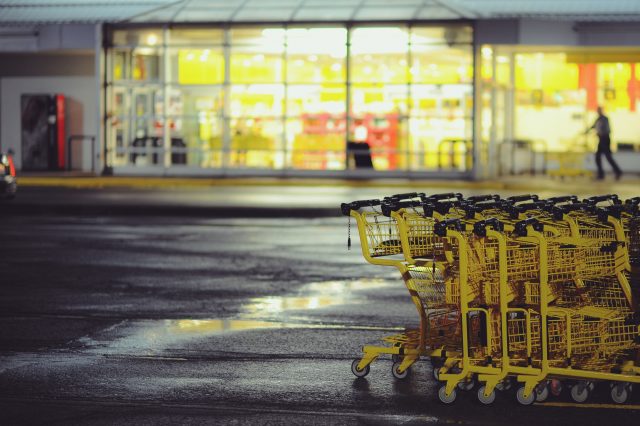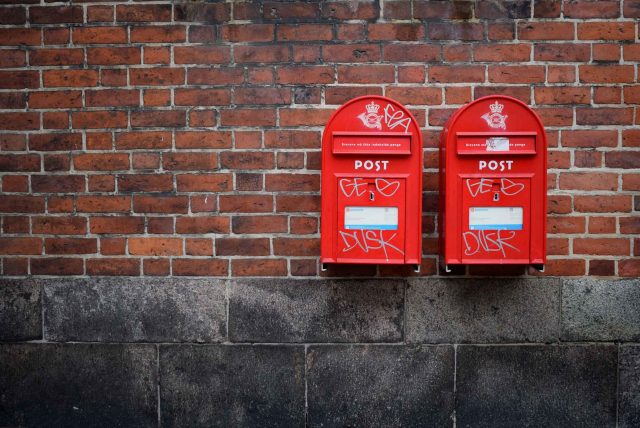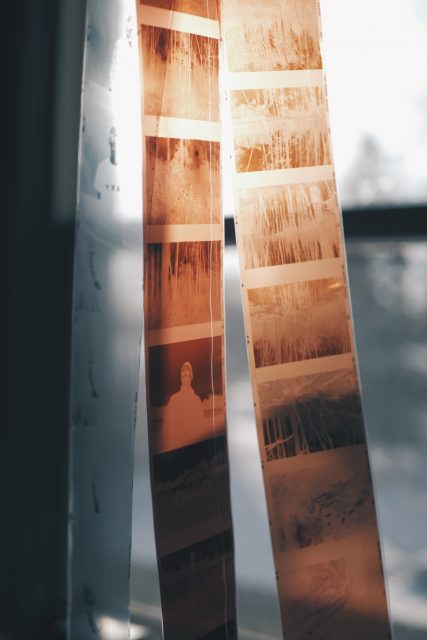If you’ve decided to take the plunge into film photography — even if only as an experiment — congratulations. I’ll assume you have already done most of the legwork, from finding a great deal on some analog gear to picking out a roll or two of film to shooting said film.
I imagine that for some, namely those new to the analog experience, reaching the end of a roll of film presents a final conundrum — where do you go to get your film developed?
While I am an enthusiastic cheerleader for all things analog, I do recognize that film processing might be the biggest challenge facing film shooters in the digital era. No longer is there a photo lab in every neighborhood and most drug stores/pharmacies that once made film processing a convenience have now abandoned the service.
Not all hope is lost, however. If you’re in search of a way to get your film developed, one of the following options may work for you.
A Local Lab
As stated above, neighborhood photo labs are in short supply these days but there are still some out there. It may not be as “local” as you’d like it to be, but there’s probably a lab somewhere in your city, especially if you live in a major city. You’ll have to do some research to see what’s in your vicinity and determine how far you’re willing to travel if necessary.
To help get you started, the resourceful folks at I Still Shoot Film compiled a list of U.S. labs that still develop film as of 2012. Obviously, the list is country-specific and a few years old, but it’s worth checking out as most of the labs on there are likely still in business.

Drug Stores
Film processing was once a standard service of countless drug stores and pharmacies. You could drop off your film and pick it up an hour later. One hour processing is by-and-large a thing of the past — even the remaining big-name drug stores that still develop film no longer offer an express option.
In the U.S., the major stores that offer film processing as of 2017 are CVS, Walgreens and Walmart, but not all locations offer the service. And for the ones that do, they outsource the work to off-site labs. To make things even worse, none of them will return your negatives.
This is truly an option of last resort.

By Mail
Considering the bleak state of in-store film developing and the scarcity of photo labs, shipping your film via mail to be developed by experts far, far away from you seems to be the go-to method.
Perhaps the most popular of the mail order film processing companies is Southern California’s The Darkroom. For as low as $11 they will develop a roll of 35mm or 120 film (color or black and white) and return to you your negatives, a CD of your scanned negatives and a postage paid envelop so you can send them more film.
Most orders are returned in 3 to 5 days after being processed by The Darkroom, but they’ll upload your hi-res scans to the web immediately after processing. And they ship internationally!
The Darkroom is hardly the only player in the develop-by-mail game. Again, it’s worth doing some research if you’re considering this option. This list of mail order film developing labs will help get you going in the right direction.

Do It Yourself
Simultaneously the most daunting and most rewarding way to get your film developed is to do it yourself. It’s my preferred method.
I’ve used The Darkroom and can attest to the quality of the work they do. I’ve also used photo labs in the past. Luster Photo & Digital in NYC’s East Village was always my lab of choice — friendly staff, quality work, reasonable prices and quick turnaround. What more could I want?
Oh, just complete control over my own work.
So I decided to start processing my own film, both color and black and white.
There’s a small initial investment — equipment, chemicals, time. And there’s some trial and error, but really it’s pretty straightforward and easy to get the hang of. The DIY method is also cost effective.
Check out Ilford’s easy-to-follow guide to film processing.

Conclusion
If you’re on the fence about analog photography, you now know that all bases are covered — from gear to film to processing. So, no more excuses. Go forth and shoot film!




